Doctors Weigh in on COVID’s New Normal
Temperature checks, masks, distancing are as standard as being asked to pay for services in the exam room.
After 37 years with the Atlanta Journal-Constitution and now with the AJT, , Jaffe’s focus is lifestyle, art, dining, fashion, and community events with emphasis on Jewish movers and shakers.
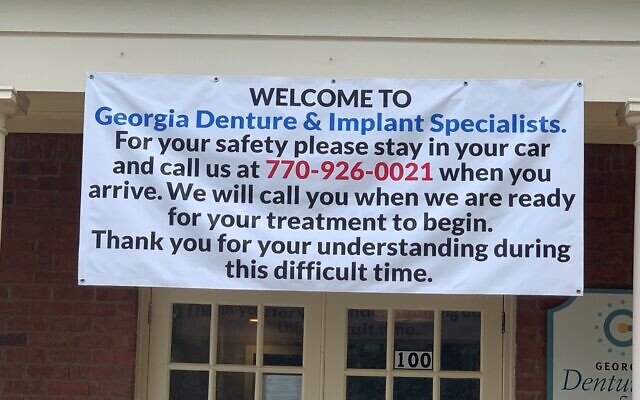
Operating procedures have changed for every business. The practice of medicine is no exception. We asked various specialists to examine the last four months to assess their progression. All describe plexiglass barriers, sanitization, abandoned waiting rooms and limited procedures.
Nicole Ellerine states that her pediatric practice never closed. Brett Mendel laments the cumbersome use of PPE layers. Eva Arkin uses patients’ exposed eyes as an assessment tool.
Start off with Frank Joseph’s unique experience of being “trapped” abroad as the nascence of fear and media swirled.
Dr. Frank Joseph, Hand Specialist
My wife and I were in Italy in February, the beginning of what would become the pandemic. We were in a remote village in northern Tuscany; there were no active cases. It was clear that the news suggested that the situation was getting worse in and around Milan.
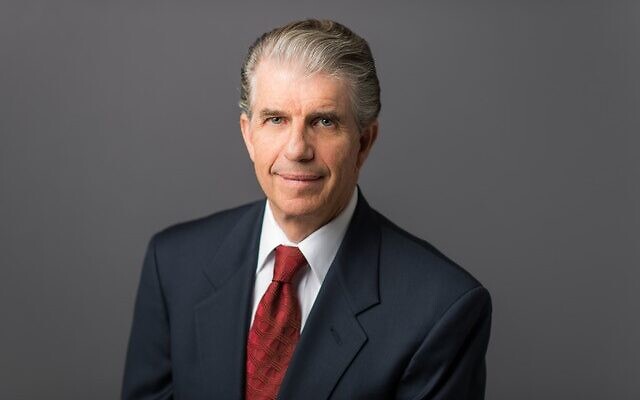
at the start of the COVID outbreak.
We struggled whether to cut our stay short. I headed home, and she left three days later.
The situation reminded me of when my family had to decide when and if to leave pre-World War II Germany. When do you stay, when do you leave? They ultimately decided to leave and went to England. Unfortunately, some of our family members decided to stay.
COVID-19 has made risky decisions a part of everyday life. Meanwhile, three months later, I am back full time treating and operating on orthopedic upper extremity problems, with extensive COVID precautions. It’s a new and challenging world.
Dr. Eva Arkin, Gynecologist
Initially we closed our offices with only one doctor a day in the office doing emergencies. The rest of us were doing telemedicine. Many annual exams got re-scheduled; some with higher health risks will be later this summer.
The cleaning process in between each patient takes time and scheduling has to accommodate spacing. Each patient is immediately whisked into a room after vital signs. Most of the discussion, exam and check out are done in that one room.
Our office visits have declined; so have our procedures. The hospital initially put a ban on elective surgery. Each surgery was scrutinized for “necessary emergency.”
Now more elective surgery is being done; the reasons are still evaluated.
During this state of transition, we are figuring out the safest method to return to a “new norm.” Slowly and correctly we will get back to more regular volumes and look forward to actually seeing smiles! Everyone wears masks. People’s eyes now tell their whole story.
Dr. Ben Strauss, Ophthalmologist
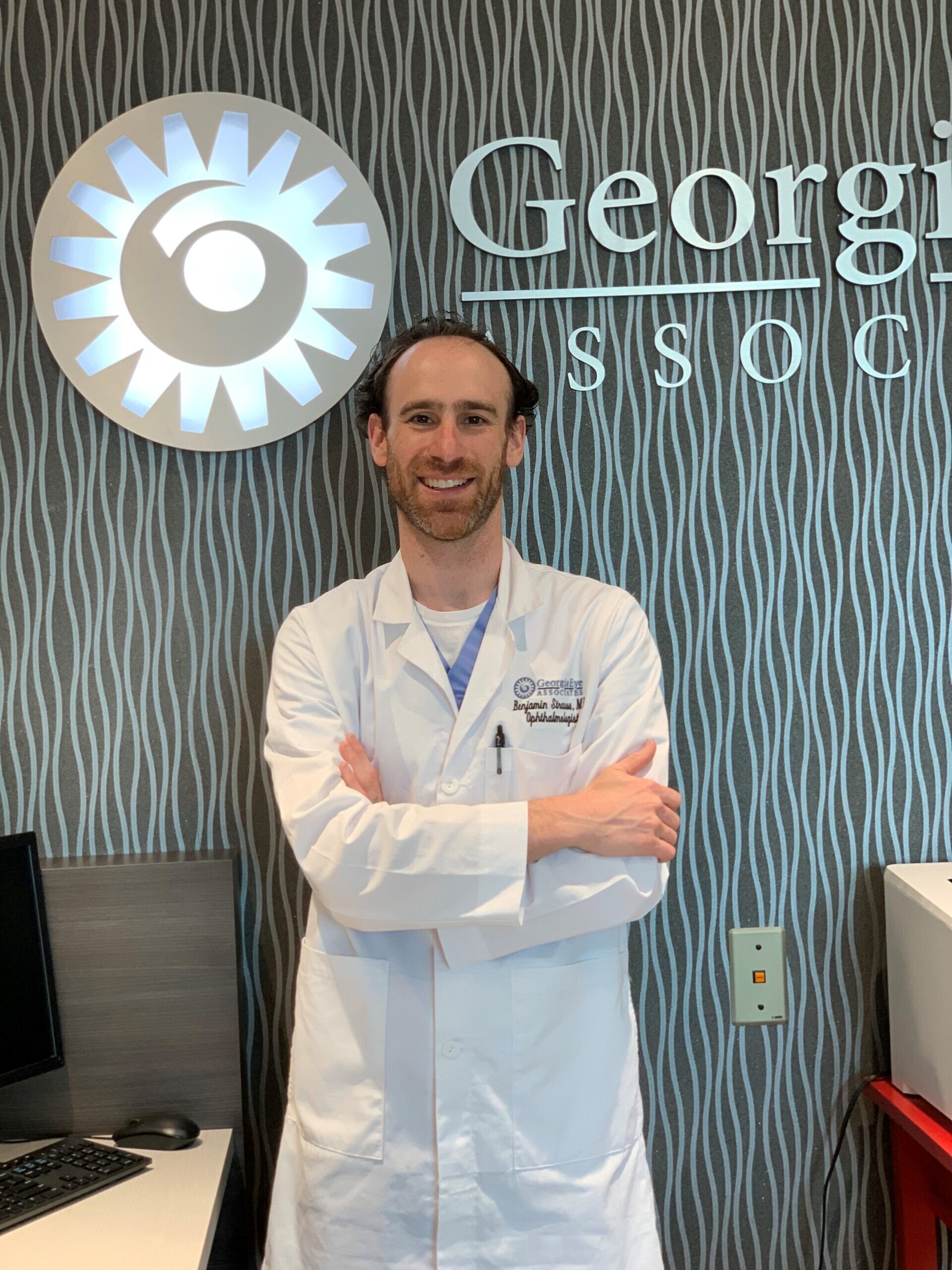
We are starting to ramp back up seeing patients in the office for routine exams, and restarted surgery (the majority of which is cataract) May 4. We are requiring all patients to wear a mask. Staff is wearing masks with the doctors wearing N95 or greater. All patients and staff have temperatures checked at the door. All equipment is thoroughly sanitized and allowed to dry after every patient leaves an exam room. We have put up plastic or plexiglass barriers on our microscopes and equipment to get extra separation between the patient and doctor for both of our protections. COVID-19 has been very disruptive to our practice, but my hat is off to the folks who are truly fighting this head on!
Dr. Nicole Ellerine, Pediatrician
This has been a very trying time. There are many unknowns and so few real experts to rely on for sound advice. Few have lived through pandemics of this nature. Our biggest challenge has been keeping patients current with immunizations and helping parents navigate.
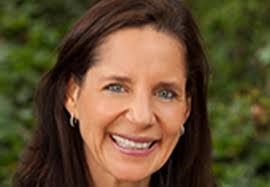
We conduct well health checks and identify teens with anxiety/depression during these trying times. While keeping patients healthy, we’ve learned the nuances of running a small business. Our practice has remained open throughout. We’ve divided into “well” visits in the morning and “sick” in the afternoon. A patient is not allowed to schedule a sick appointment without speaking to nurses. One observation is that while schools and daycares have been closed, we are seeing significantly fewer sick patients. Sick patients enter through the back door. We have implemented telemedicine but are quickly learning there is a limited role in pediatric use.
Brett Mendel, Gastroenterologist
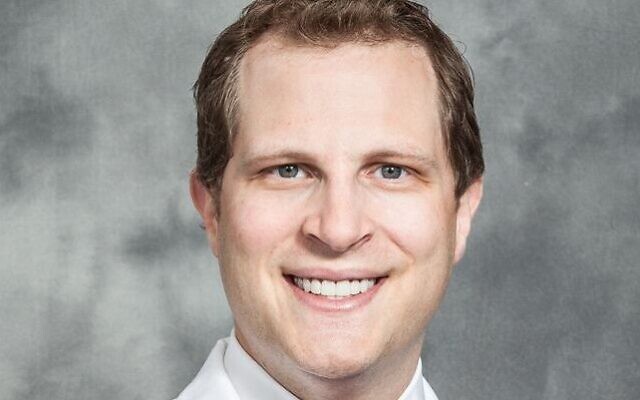
COVID-19 has brought many changes to healthcare. Some, like telehealth, should stick. Others will be temporary. My office is ramping up our procedure facilities with policies in place to protect patients and staff, like waiting rooms with chairs positioned for social distancing. Temperature check and COVID screening are done on arrival. The biggest change would be that chaperones (who drive patients home after anesthesia) are no longer allowed in. While doing procedures in cumbersome PPE is not comfortable, these policies have allowed us to safely resume elective and diagnostic procedures.
Dr. Warren Berne, Dentist
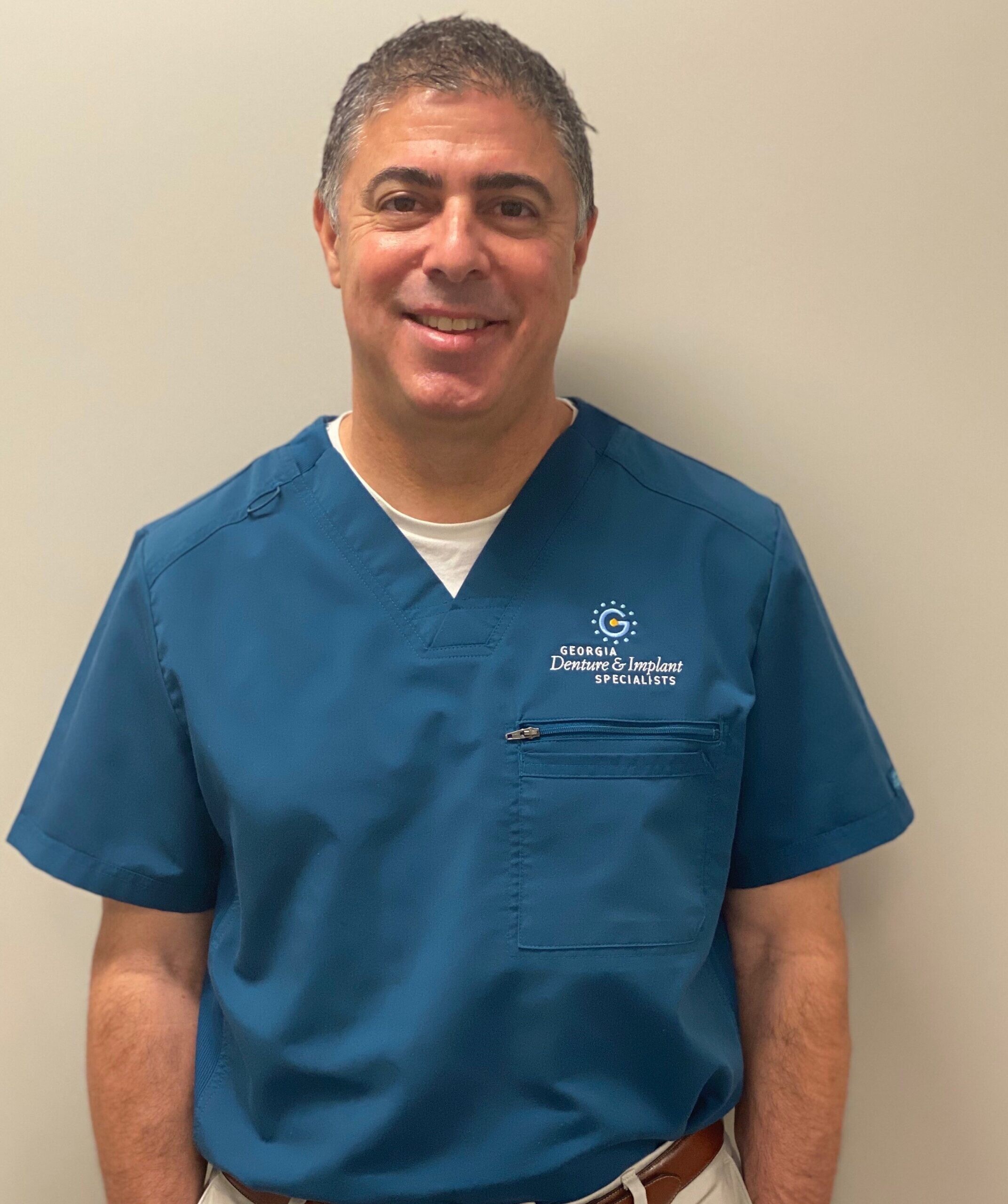
We were closed for seven weeks, but it definitely was not a vacation while researching and watching webinars. Upon reopening, we screen for symptoms on the phone and have patients stay in cars until called. Our outdoor banner states that there is no waiting room. We have stepped up sterilization, PPE, jackets, N95 face shields, hair nets. No clothes are taken home. Since we perform mostly dentures and implants, we have less aerosol spray versus general dentistry. We take payment at the chair versus front desk. Plexiglass shield are going up.
Ultimately, we help people eat, which is important in keeping them healthy. Our patients were excited to come back!



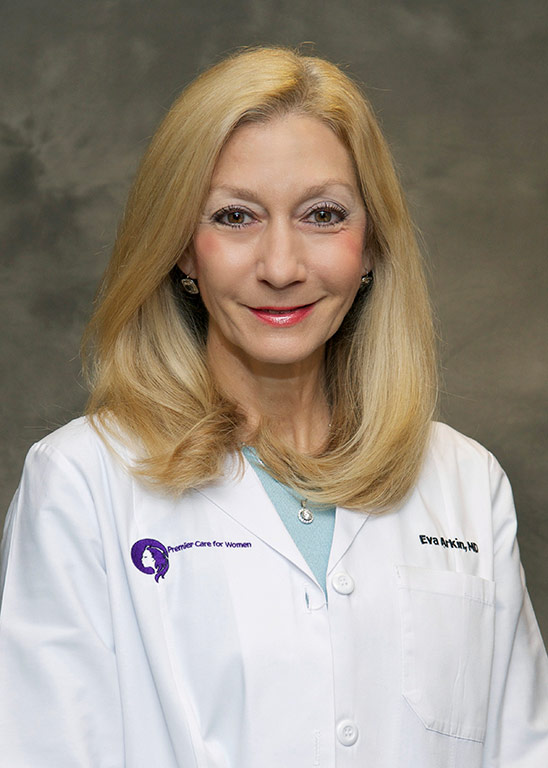
comments